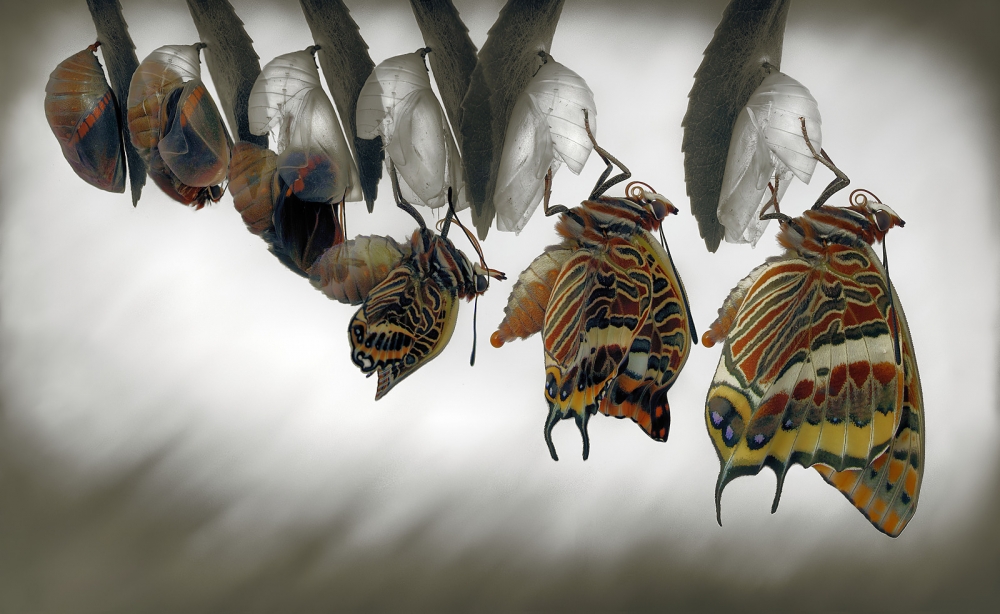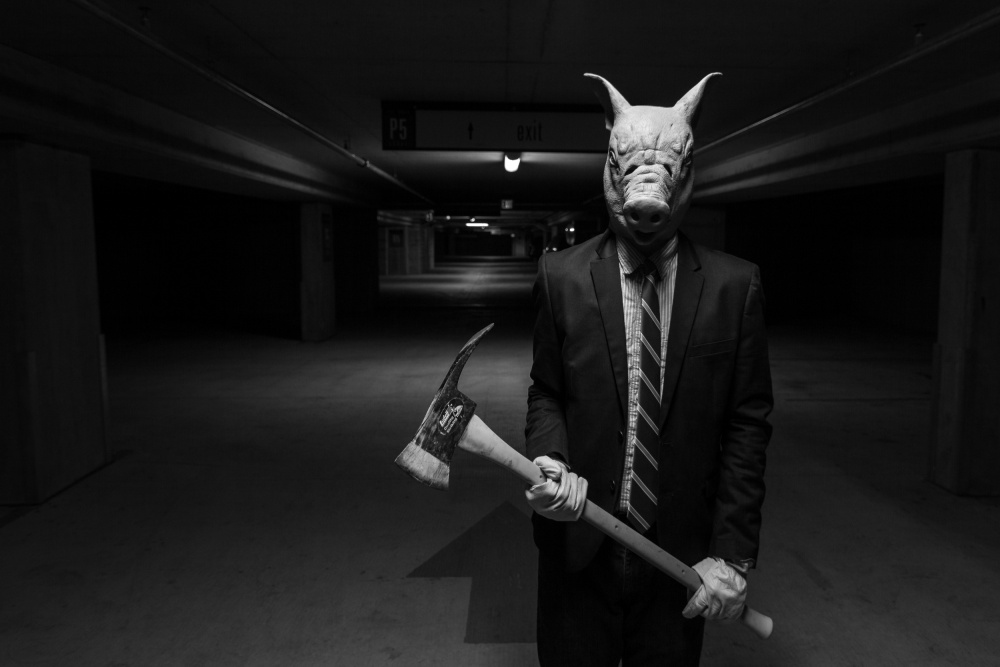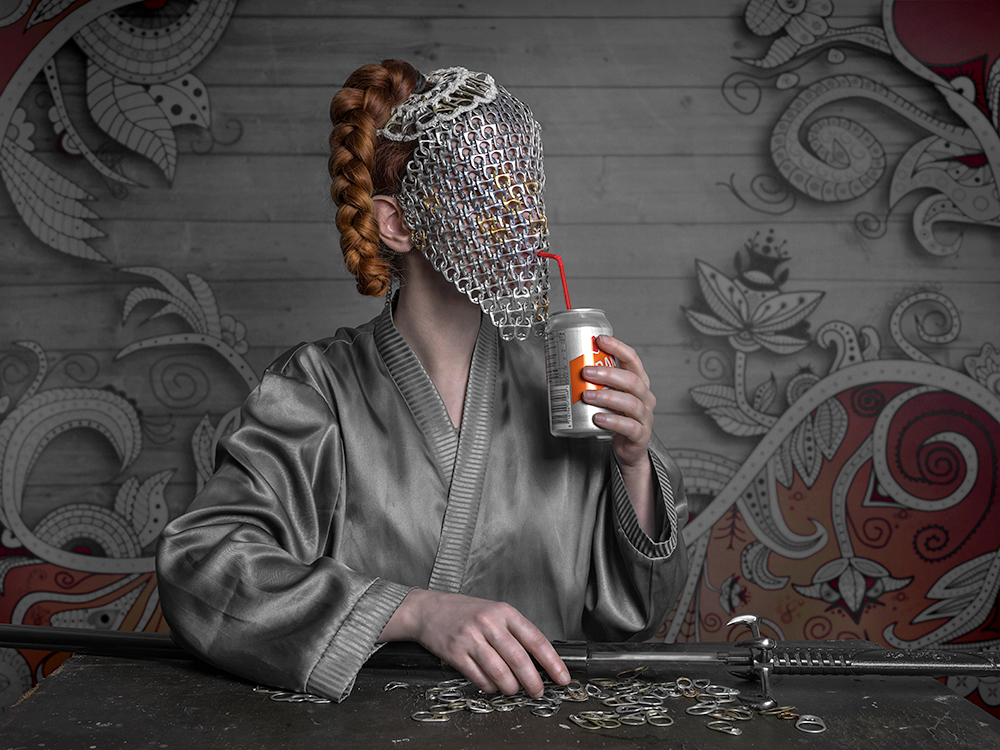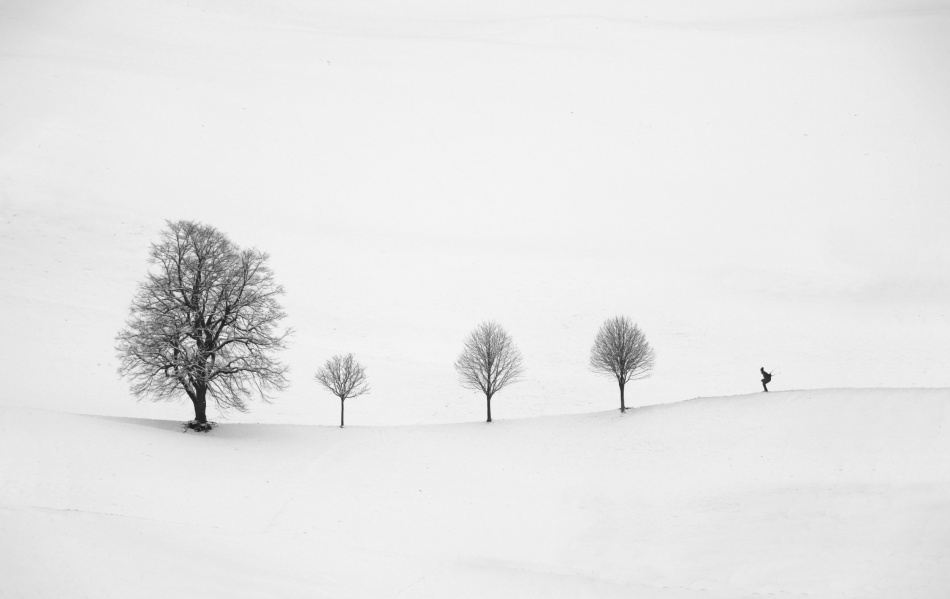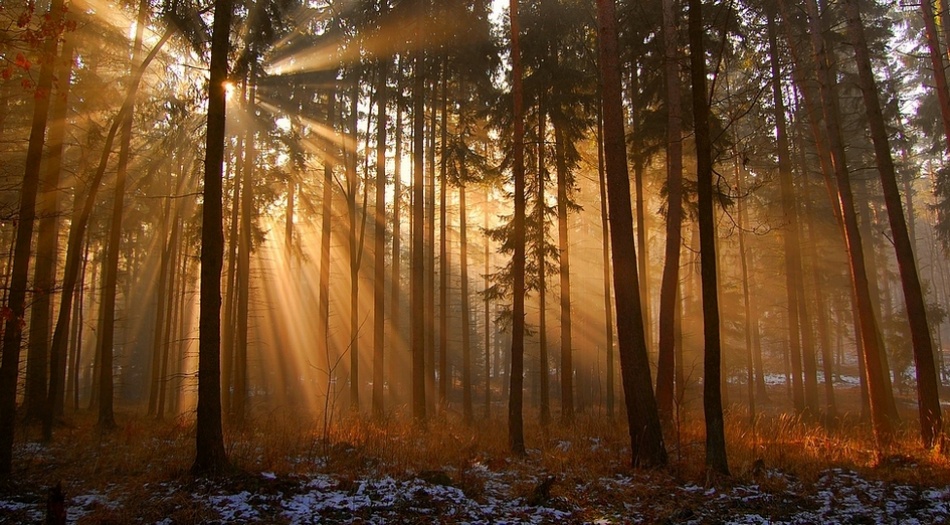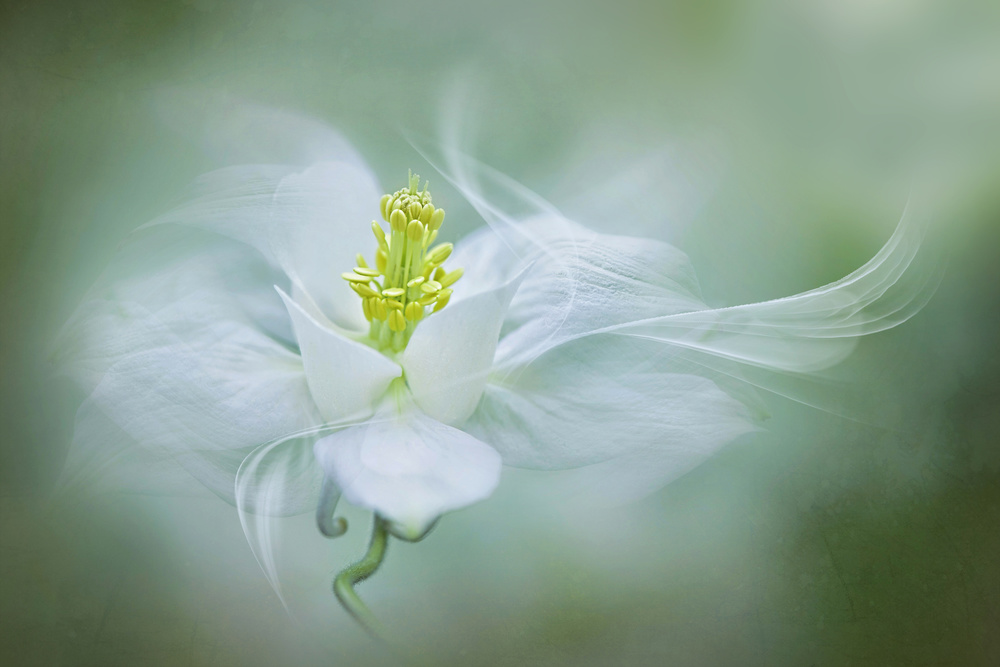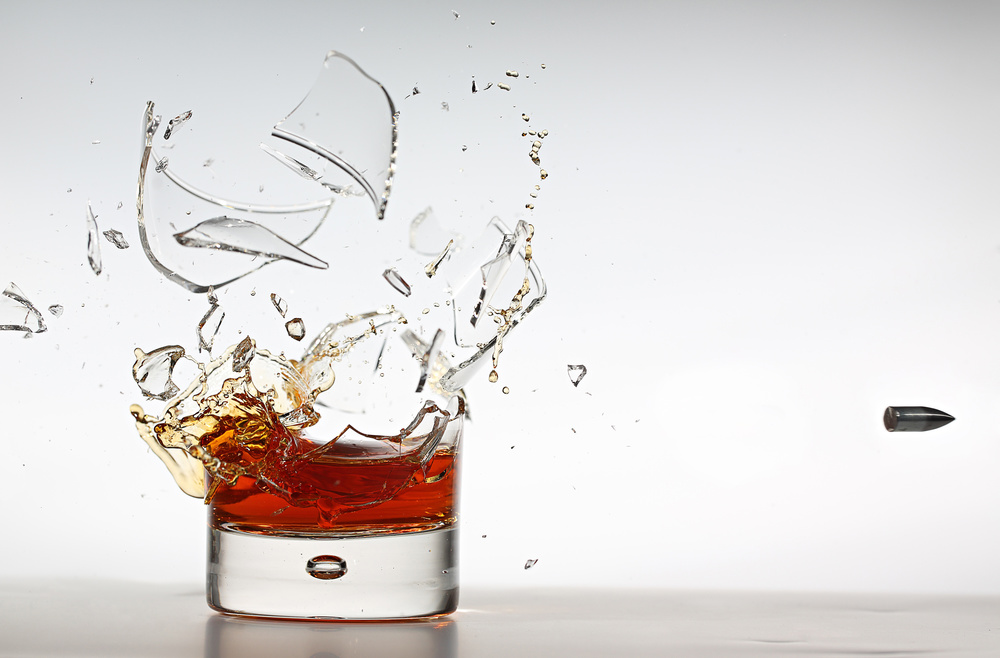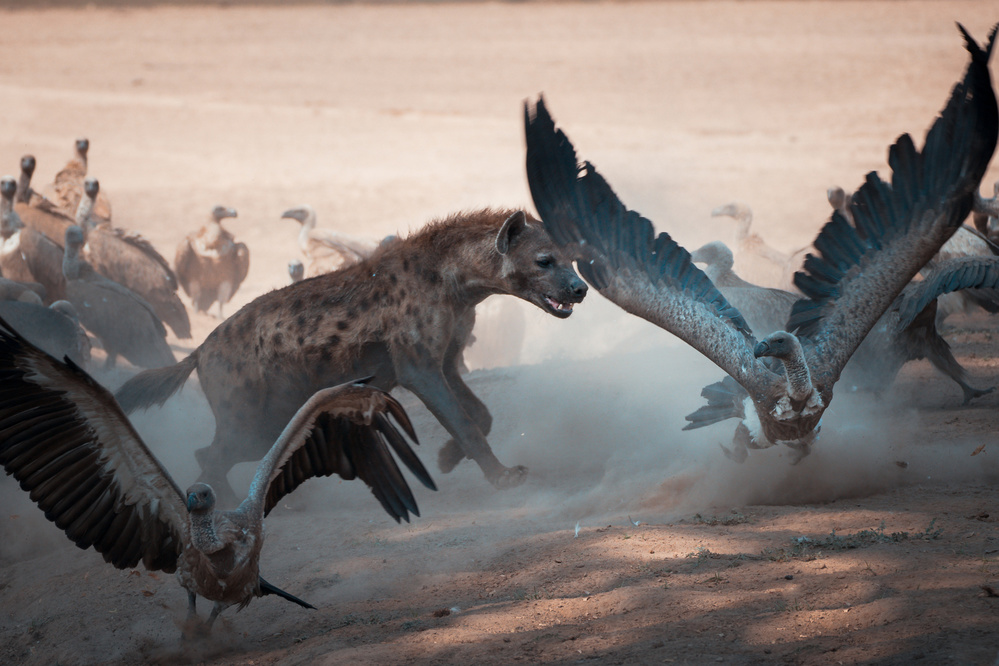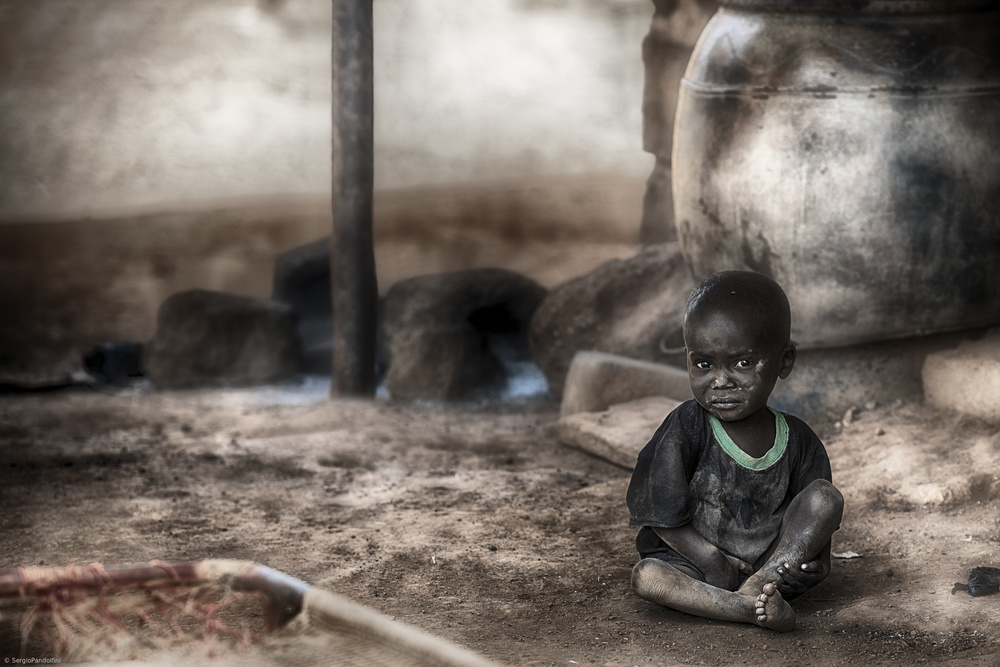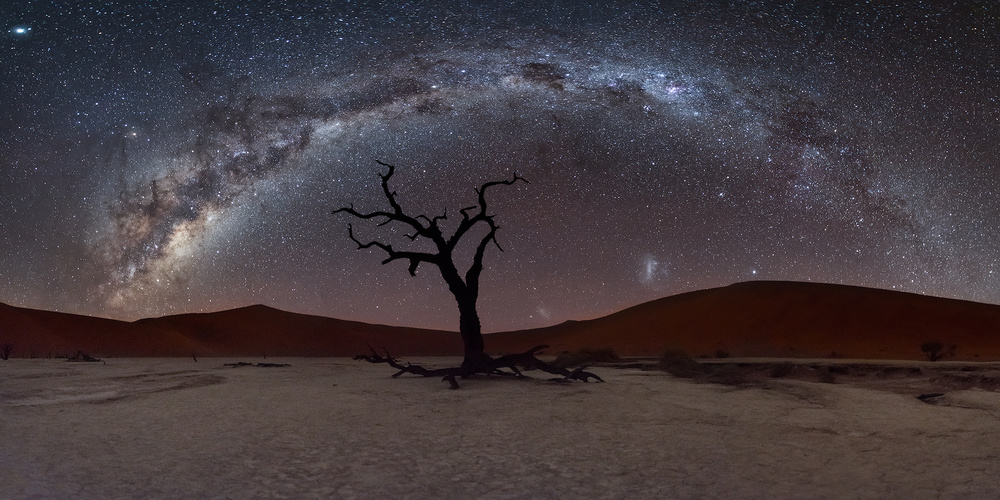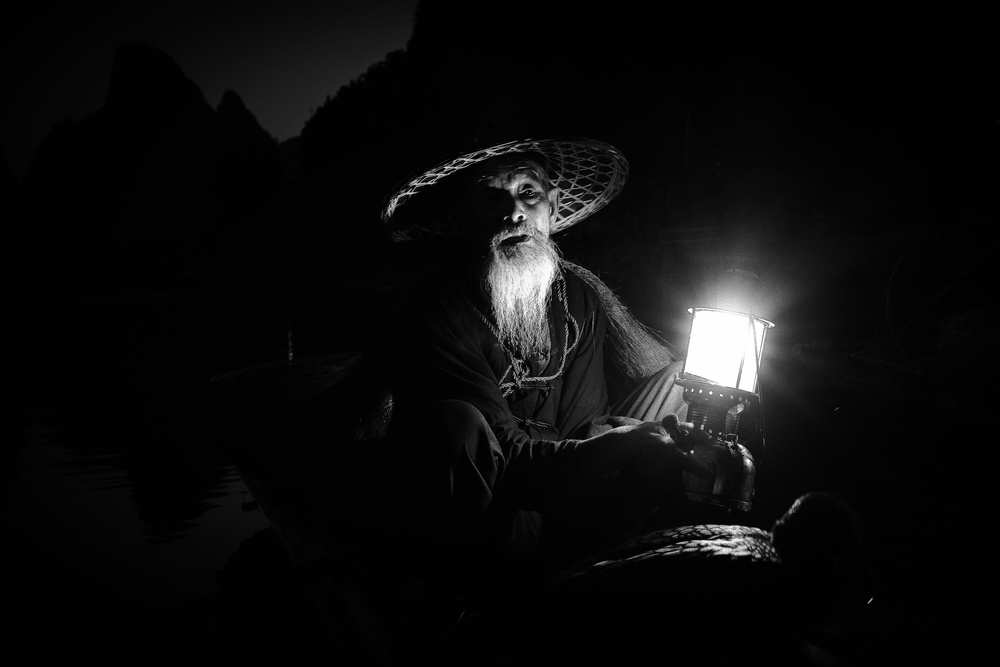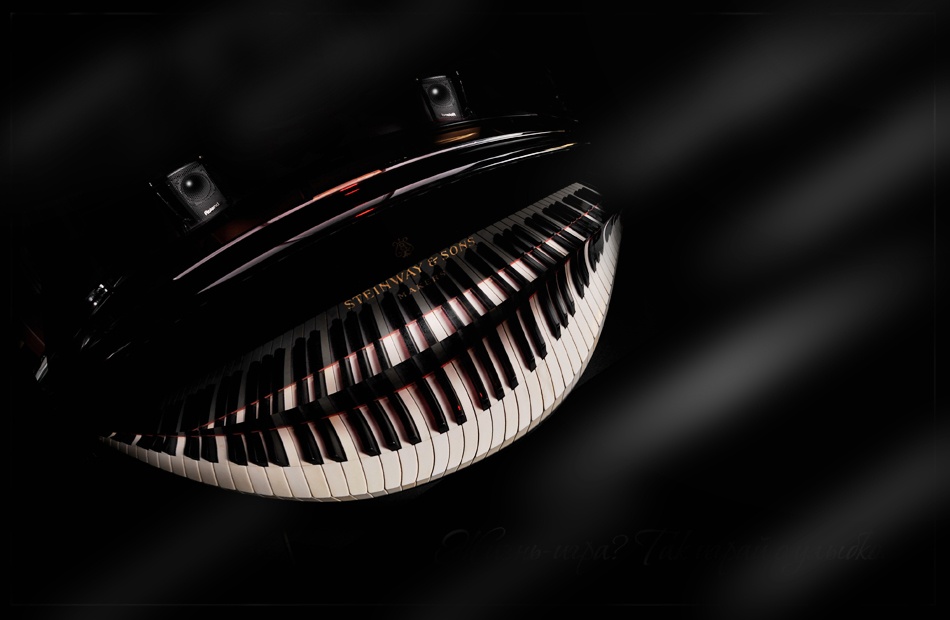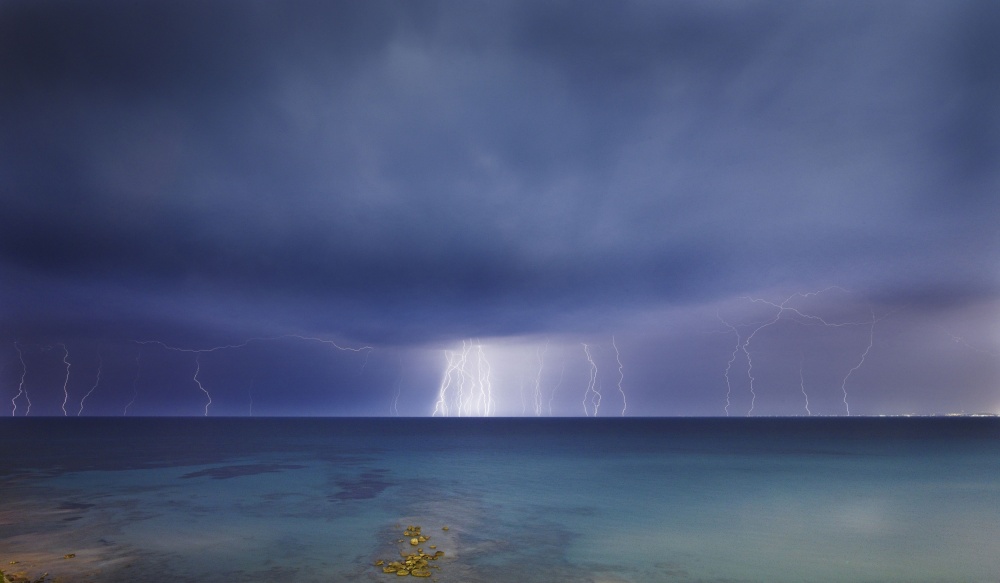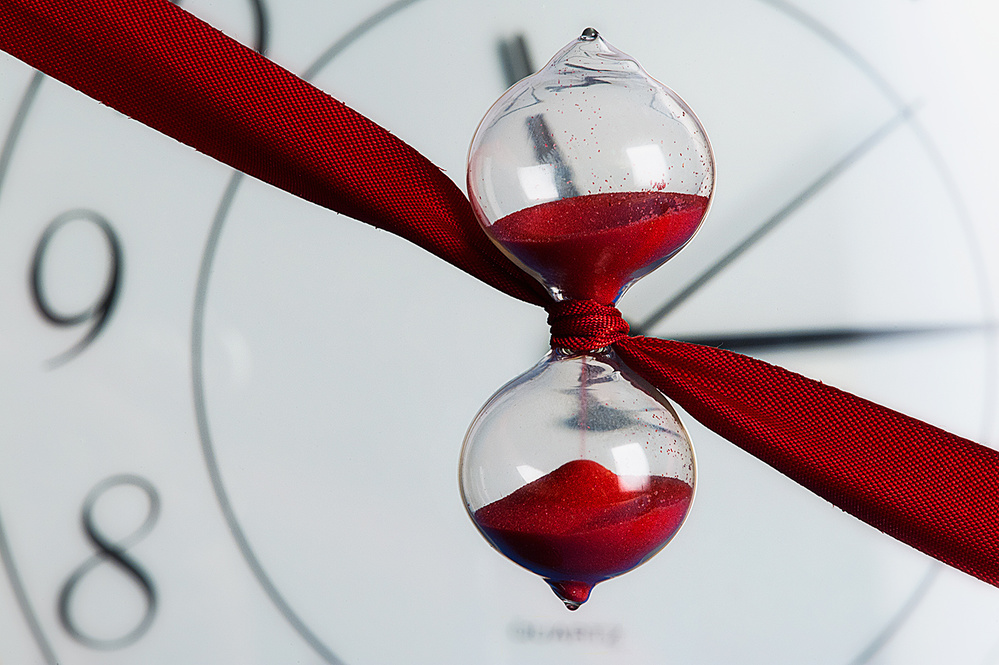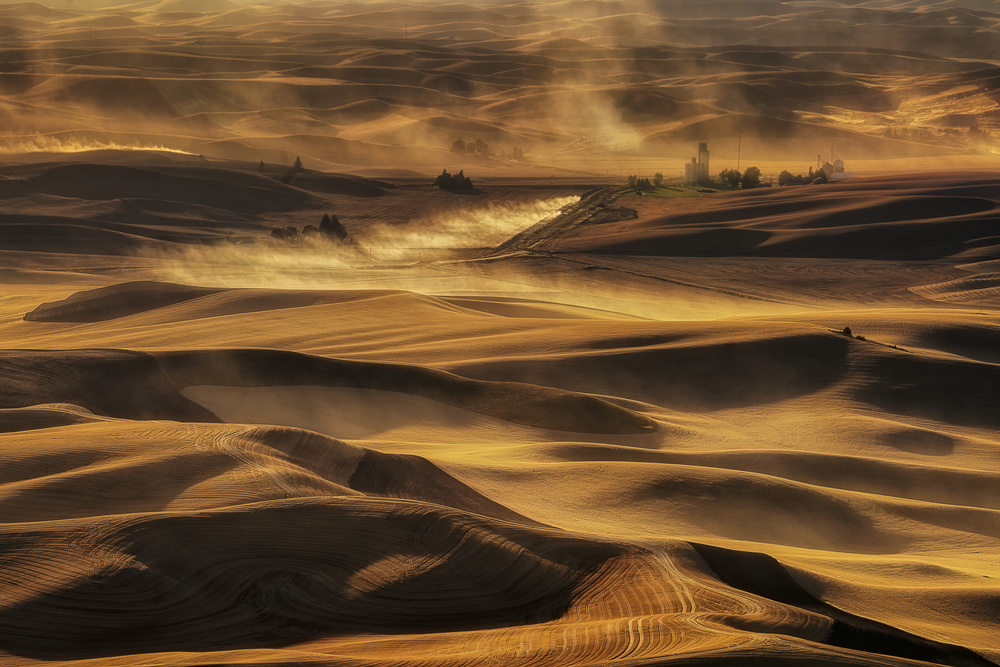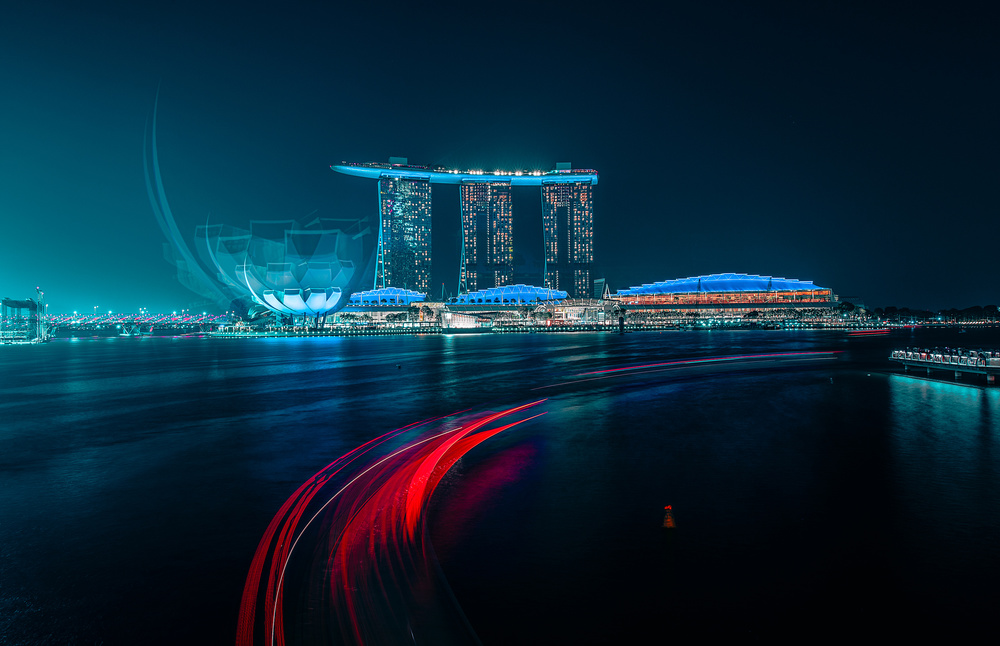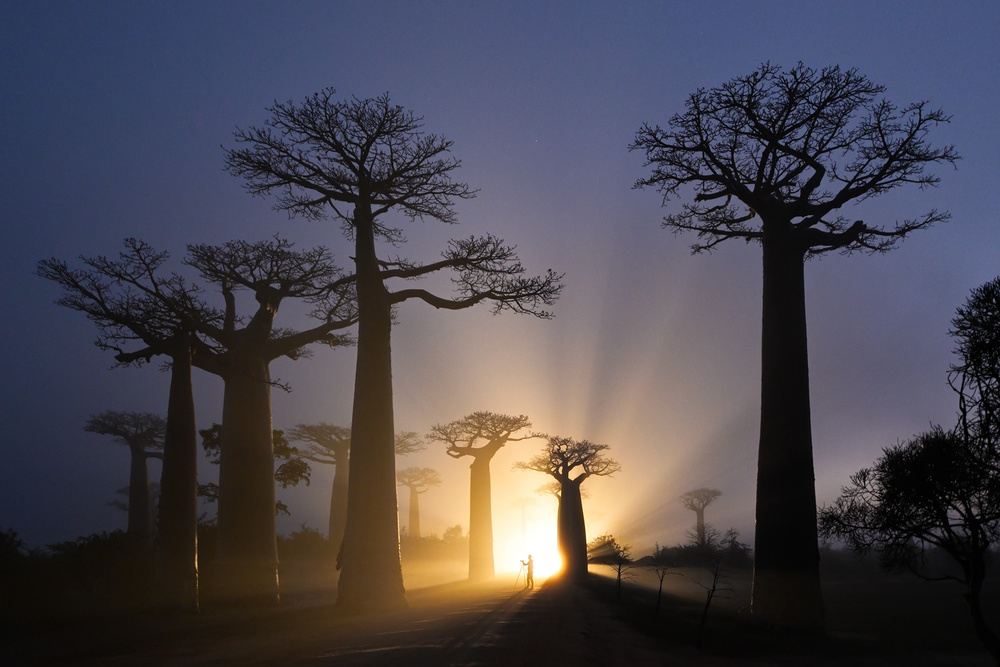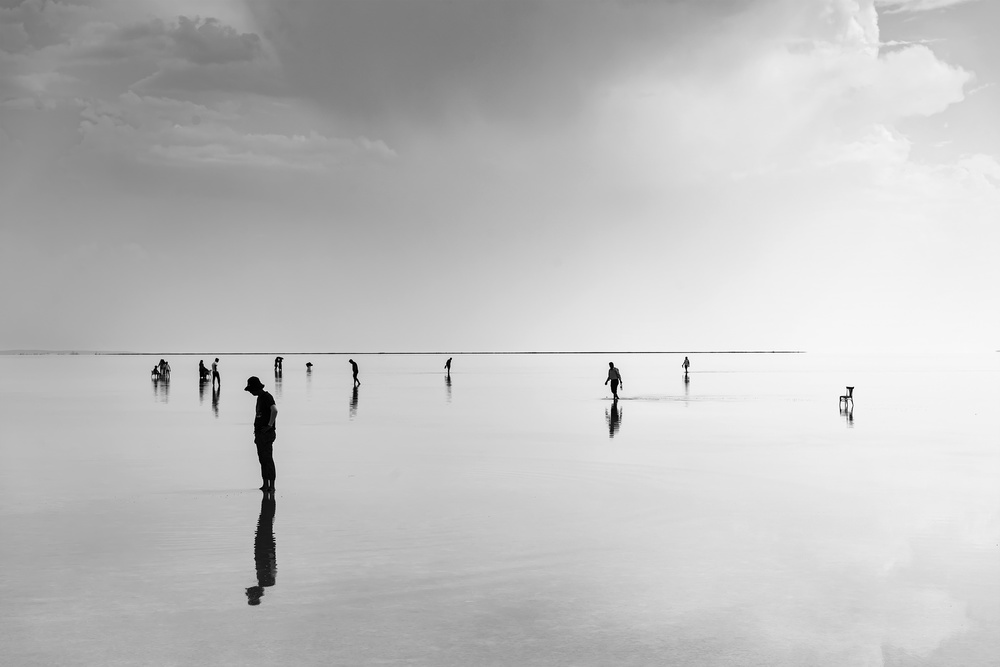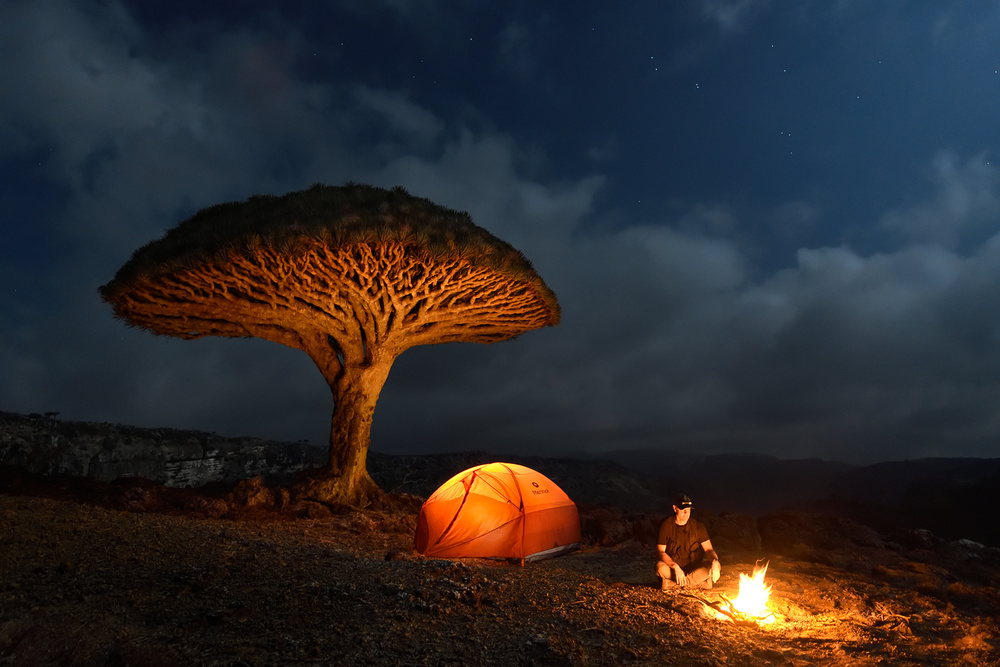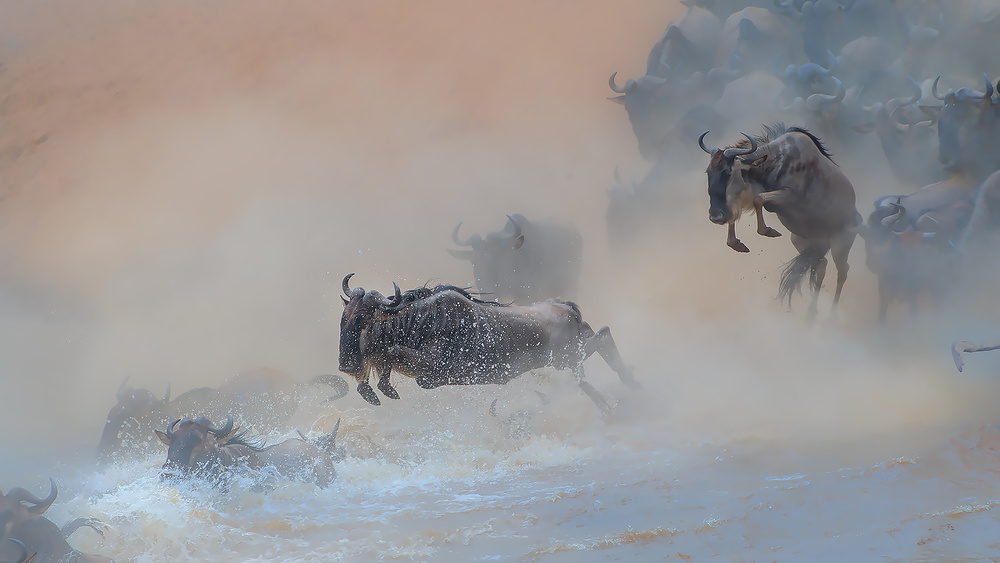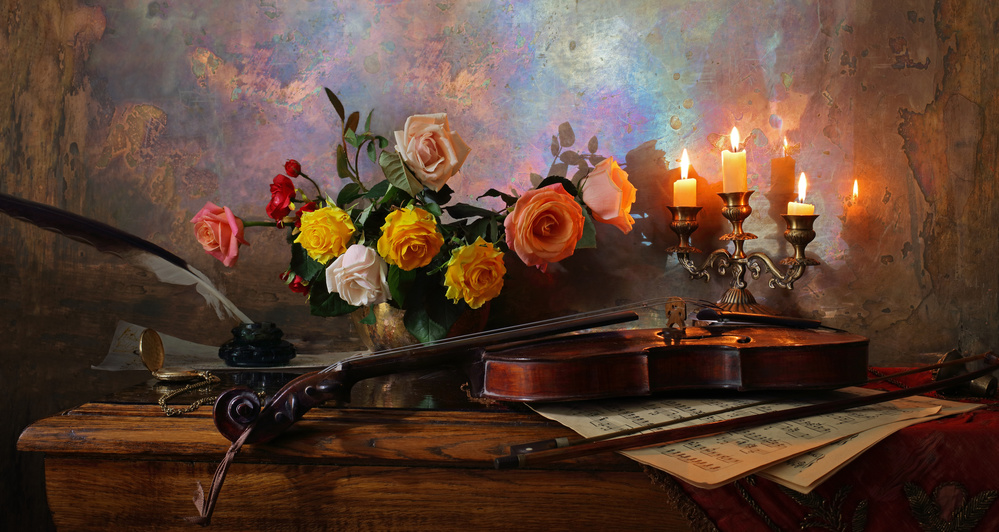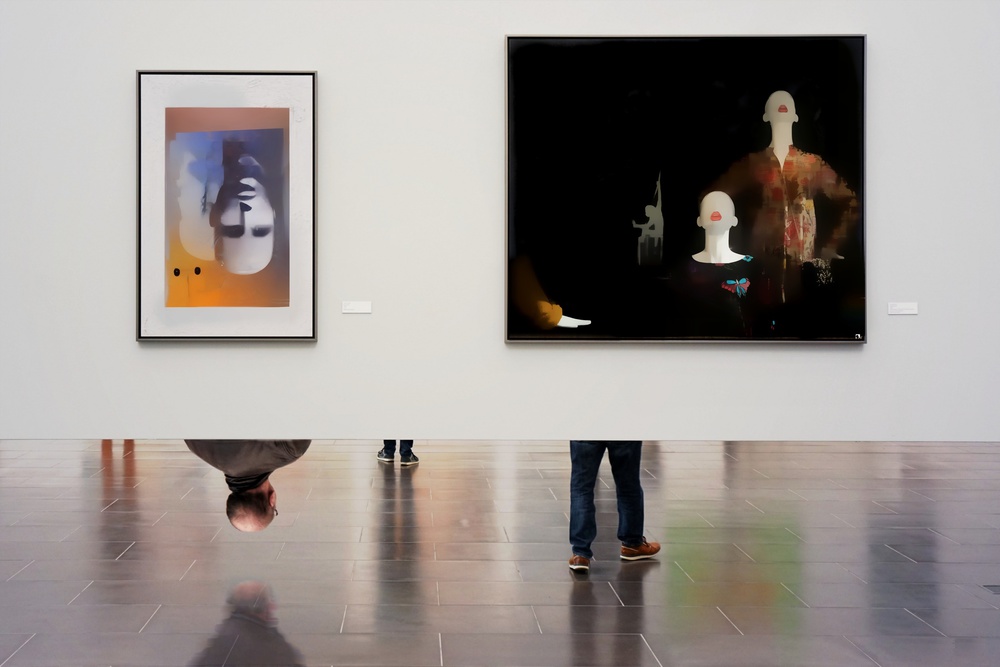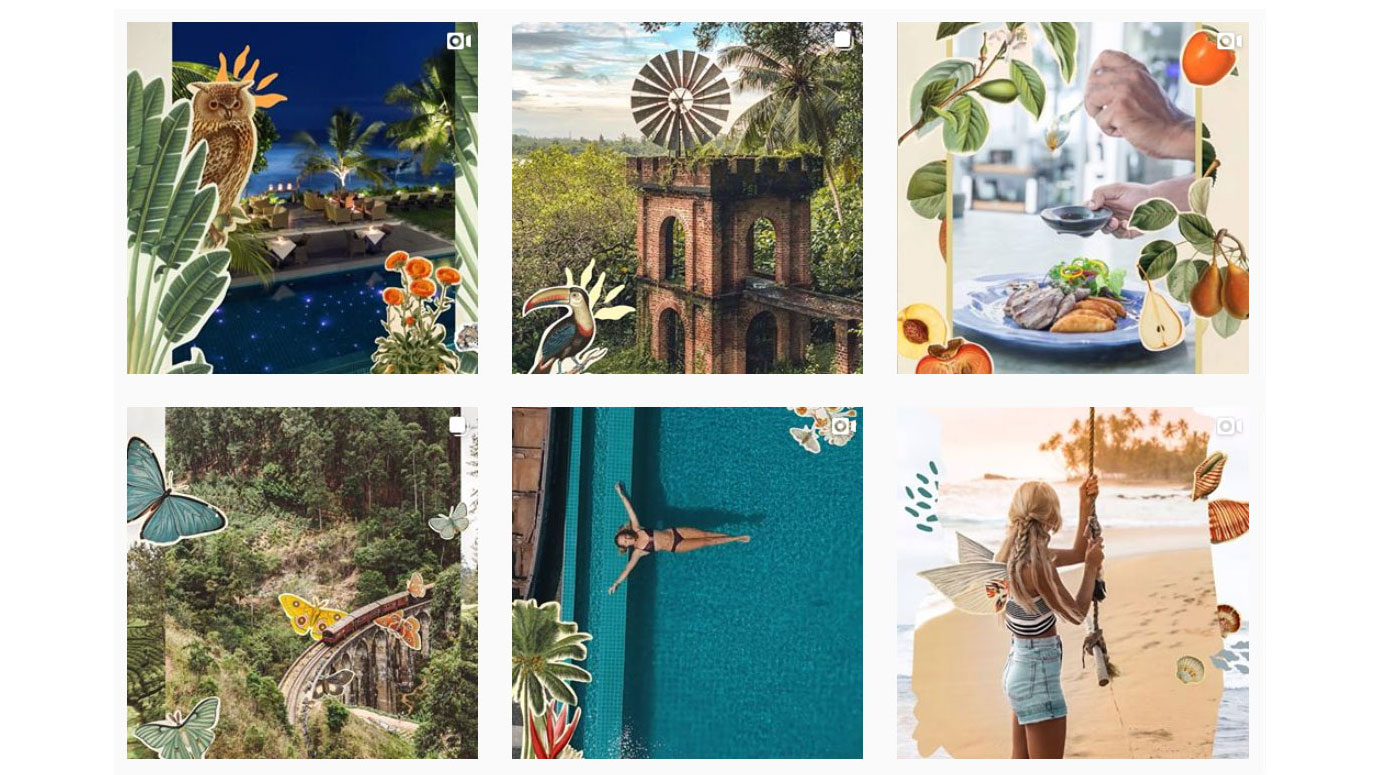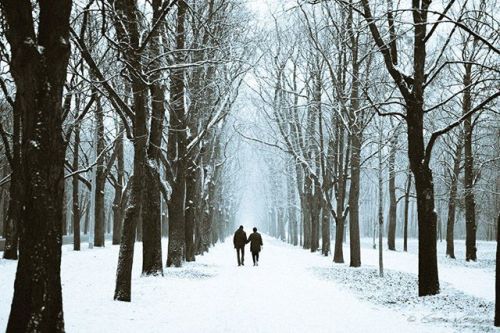Photographers
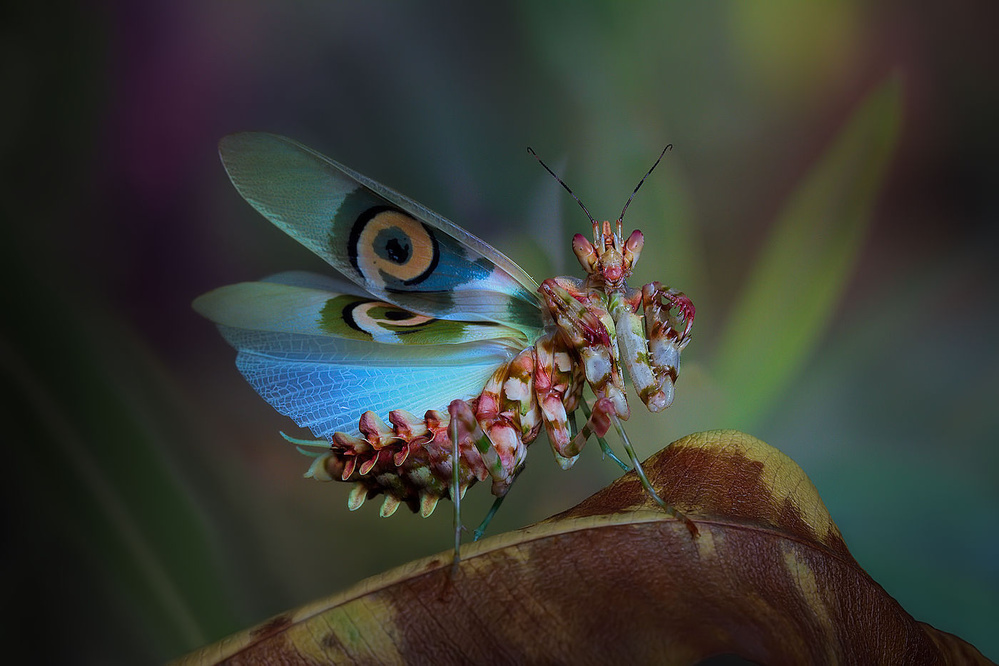
How would you protect yourself against threats?
1x Blog-PhotographersJimmy Hoffman is a world photographer internationally published (e.g. National Geographic Magazine, Outdoor Photographer, Practical Photography, The Times,Daily Telegraph, Digital Photo). He also won 3 Gold Medals in the Trierenberg Super Circuit.
We're proud to have him as member on 1x.
Sharing his wonderful work, always coming up with the most spectacular macro shots, it triggered me to ask him some more about the making of his amazing image 'Threat display'.

Canon EOS 7D . manual modus . ISO 100 . f/11 . 1/250 s . 60 mm . flash . handheld
Dear Jimmy, can you tell us where and how you find your tremendous range of 'models' to present such original and stunning nature macro shots?
In the past I had the opportunity to travel to tropical countries like in central America and Asia knew that the biodiversity in those countries was much larger than in the temperate zones of the world. I loved to go there and found and photographed a bunch of beautiful and interesting insect species. But also other animals and plants caught my attention and I tried to get great pictures of them as well.
Due to circumstances I´m unfortunately not able to travel any more. Instead of that I order tropical insects (eggs,nymphs or pupa's) on the internet and try to keep and rear them at my home. There is a lively trade in all sorts of exotic insects. Especially butterflies and moths, beetles,stick insects and praying mantids. To keep them alive and happy you have to read and learn a lot about them,like temperature and humidity conditions,food plants and so on. In this way I can follow whole life cycles up close which is nearly impossible to do in the wild. For example butterflies and moths emerging from the pupa or larva's hatching from their eggs. At home you can prepare your photo equipment in advance so everything ´s ready for the big moment. In this way I could capture several butterfly and moth species emerging. But you still need a lot of patience,because you never know for sure the exact time of eclosion. Sometimes I had to wait for several hours. Of course I can also find a lot of insects in Spain where I live and even in our garden there´s plenty to see.
Why are you so particularly inspired by insects?
You always add most interesting and detailed information about each of your photographs.
You know everything about your 'models'.
From my childhood on I was interested in nature and was especially fascinated by the smaller animals like insects. Why? I don´t know. It´s in the genes, I guess. I read a lot of books and magazines to learn more about insects and about macro photography as well. And nowadays the internet is of course a huge source of information. I´ve made a study about praying mantids, because they are my favourite insects. That´s because of their variety of shapes and colours, behaviour and reproduction. The insect in my 'Threat display' photo is a wonderful example of one of the 2300 species. This specimen belongs to the so-called flower mantids. Species that have evolved to look like flowers. Most praying mantids are brown or green and resemble twigs or green leaves or they have adapted to life on tree trunks and resemble lichens. And there are even species that live in the desert and are so well camouflaged that they are almost impossible to find among the stones on the ground, unless they move. Species that live on flowers are brightly coloured and even if they are just sitting somewhere else on the foliage, they look a lot like a flower to nectar-seeking insects. That especially applies to the nymphs. The winged adults largely lose their camouflage. Each species has a special way of defending itself if it is threatened , for example, by a bird or reptile, their main enemies. Many species spread their front legs, and eye spots or bright colours are revealed, the wings are spread and erected to make the insect look larger. Some species also make a hissing noise by rubbing the wings along the abdomen. I always try to add a bit of information about my uploaded insect pictures,but I keep it short and concise because 1x. is of course not a biology site.
Can you explain something more about your technique and workflow in general and more specifically about this amazing mantis in threat display shot?
At the moment I use a Canon EOS 7D and a Canon EF 60 mm f2.8 macro lens for most of my work. For stronger magnification I have a canon MP-E 65 mm f/2.8 1-5x macro lens and a LAOWA 15 mm f/4 Wide Angle 1:1 Macro lens for more creativity.
Besides natural light I use flash light more and more. It´s easier to take handheld shots in difficult light circumstances and to freeze motion. For this I use a Kuangren Macro Twin Flash light with flexible arms with self-made diffusers. The diffusers are very important to avoid the light getting too harsh or the shadows too dark.
For the “Threat display” shot I´ve used the 60 mm macro lens and the Kuangren flashlight. The flower mantis was placed on a leaf of an Oleander shrub in our backyard, but it was difficult to get it in the defensive posture. I tried to scare it with my hand moving in front of her, but she didn´t react at all. Then I took a fine paintbrush and touched her gently to tease her a little bit and after a few attempts she finally showed her “threat display”. So I held the paintbrush in my left hand to touch her and my camera with flash light in the right and waited for the right moment to take the shot. I had to hold the camera motionless (luckily I have a strong right arm) and also avoid including the paintbrush in the picture. I took several shots to have a better chance of a sharp and successful photo.
I´m a professional artist (graphics, wood and linoleum printing) and besides that I do photography as a hobby. Because of my study at the art academy I learned a lot about use of colour,composition,light and dark and so on. I try to apply that to my photography and to create my own style. For instance I like simple compositions and clean backgrounds. Sometimes I use different layers of pictures that I took myself to create a special looking backdrop, however always to a very limited extent. I don´t do a lot of editing on my photos, because I don´t want to let my pictures look too unnatural. I just do the usual things (get rid of noise, edit exposure,sharpening and so on) and sometimes eliminating distracting objects in the background. I like vivid colours so mostly I give my pictures a bit more saturation. Years ago as I seriously began photographing I started to use Corel Paint Shop Pro for photo editing (my brother gave it to me as a present) and later also Corel Aftershot Pro. I´m still using it today because I´m so used to it. For the simple editing Paint Shop is more than sufficient for me and it´s easy and cheap to work with. I don't have a fixed way of working. I approach each photo differently and afterwards I usually don't know any more what I did. It is just like painting. Applying a paint stroke here and there, but afterwards not knowing exactly where and how.
And last but not least, you must be so excited in front of so much natural beauty.
May I ask you when you have your greatest thrill?
Is it the moment you push the shutter or is it when you discover first the image on your computer?
It can be a thrill to push the button when you see through the lens what you were looking for or what you were waiting for, sometimes for hours. For example the emerging of a butterfly from the pupa. Especially if you have grown it from an egg all the way to an adult insect. Something that can take weeks and require a lot of your patience.
But if you watch it later on full-size on your computer and the photo turns out to be successful, it is of course also a great joy.
Thank you for revealing us so much more about your outstanding work, Jimmy.
. '

